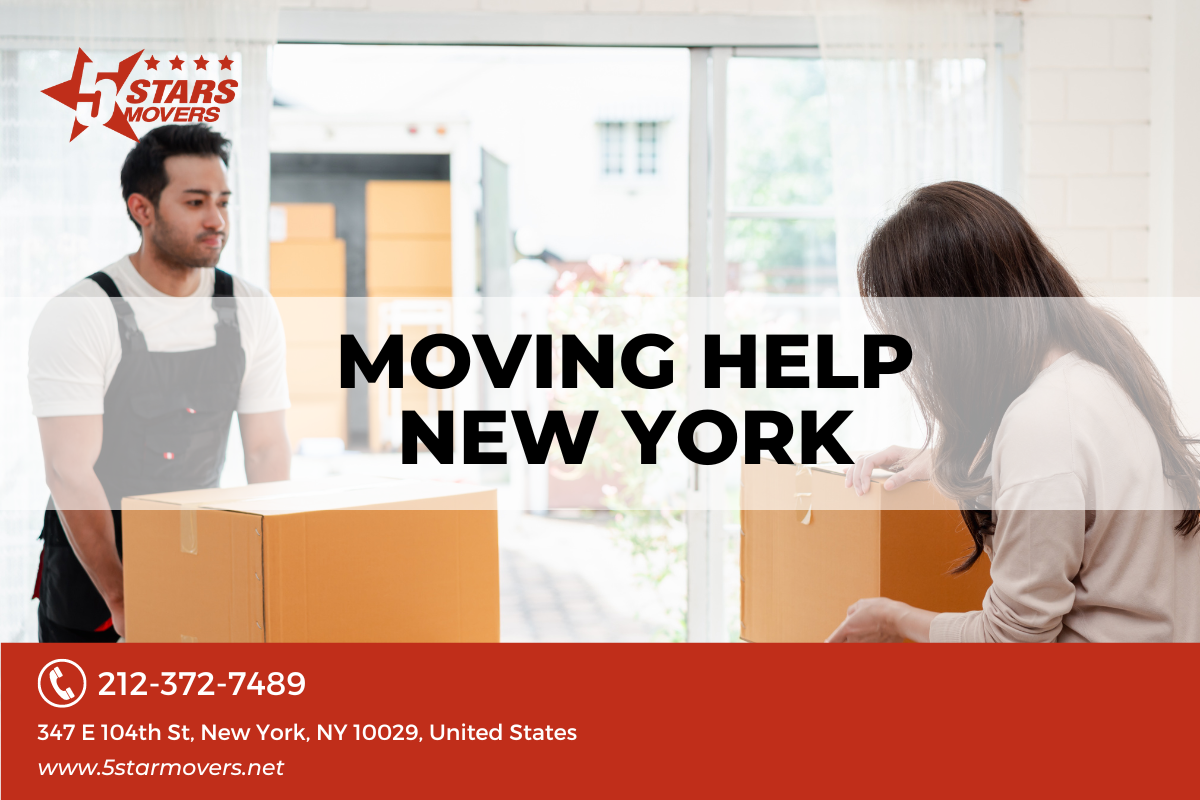
Introduction
Moving can be an overwhelming and stressful experience, but affordable movers nyc with the right packing supplies, you can make the process much moving company nyc smoother. Whether you're hiring professional movers or planning to do it yourself, having the necessary supplies will ensure that your belongings are protected during transit. In this article, we will provide you with a comprehensive packing supplies checklist to help you organize and streamline your move.
Packing Supplies Checklist: Everything You Need for a Smooth Move
Moving Boxes:
Cardboard Boxes: These are essential for packing and transporting your belongings. Make sure to get a variety of sizes to accommodate different items.
Wardrobe Boxes: These tall boxes come with a metal bar for hanging clothes, making them perfect for transporting your wardrobe without wrinkles or damage.
Heavy-Duty Boxes: For fragile and valuable items, invest in heavy-duty boxes that offer extra protection and durability.
Dish Boxes: These specialized boxes have built-in dividers to protect fragile dishes and glassware during transit.
File Boxes: If you have important documents or files, use file boxes to keep them organized and protected.
Packing Materials:
Bubble Wrap: Use bubble wrap to cushion delicate items such as glassware, electronics, and artwork.
Packing Paper: Wrapping your items in packing paper provides an extra layer of protection against scratches and breakage.
Packing Peanuts: These lightweight foam peanuts are perfect for filling empty spaces in boxes to prevent shifting during transit.
Stretch Wrap: Use stretch wrap to secure furniture drawers, wrap mattresses, or bundle loose items together.
Plastic Covers: Protect your furniture from dust, dirt, and moisture by using plastic covers specifically designed for couches, chairs, and mattresses.
Furniture Pads: These thick pads provide cushioning and protection for furniture during the move.
Furniture Blankets: Similar to furniture pads, blankets offer an extra layer of protection against scratches and dings.
Mattress Bags: Keep your mattresses clean and protected from stains, dust, and pests by using mattress bags.
Packing Tape: Invest in high-quality packing tape to ensure that your boxes are securely sealed.
Labeling Materials: Use permanent markers or labels to clearly mark each box with its contents and destination room.
Box Cutters: Have a few box cutters on hand to easily open boxes when you arrive at your new home.
Tie-down Straps: If you're moving large or heavy items, such as appliances or furniture, use tie-down straps to secure them in place during transit.
Moving Blankets: These thick blankets provide an extra layer of protection for large and fragile items during the move.
Tool Kit: Keep a basic tool kit handy for disassembling furniture or making any necessary repairs during the move.
First Aid Kit: Accidents can happen during a move, so it's important to have a first aid kit readily available for any minor injuries that may occur.
FAQs
Q: What size boxes should I buy?- A: It's best to have a variety of box sizes, including small, medium, large, and extra-large, to accommodate different items.
- A: The number of boxes you'll need depends on the size of your home and the amount of belongings you have. As a general rule of thumb, estimate about 10-20 boxes per room.
- A: You can often find free moving boxes at local grocery stores, liquor stores, or bookstores. Additionally, check online platforms such as Craigslist or Freecycle for people giving away moving boxes.
- A: Wrap each fragile item individually in packing paper or bubble wrap and place them in a sturdy box with ample cushioning materials. Label the box as "Fragile" to ensure careful handling.
- A: This decision depends on your budget, time constraints, and the complexity of your move. While hiring professional movers can save you time and effort, doing it yourself can be more cost-effective.
- A: It's best to start packing at least a few weeks before your move to avoid last-minute stress. Begin with items you don't use daily and gradually work your way towards essentials.
Conclusion
By following this comprehensive packing supplies checklist, you can ensure a smooth and organized move. Remember to gather all the necessary supplies ahead of time and use proper packing techniques to protect your belongings during transit. Whether you're hiring professionals or doing it yourself, having the right materials will make all the difference in ensuring a successful relocation. Happy moving!
Remember that using the packing supplies checklist is essential for a smooth move! Don't forget to gather all the necessary materials and follow proper packing techniques to protect your belongings during transit. With the right supplies and organization, you'll be well on your way to a successful relocation!
So what are you waiting for? Start gathering your packing supplies today and make your move stress-free!